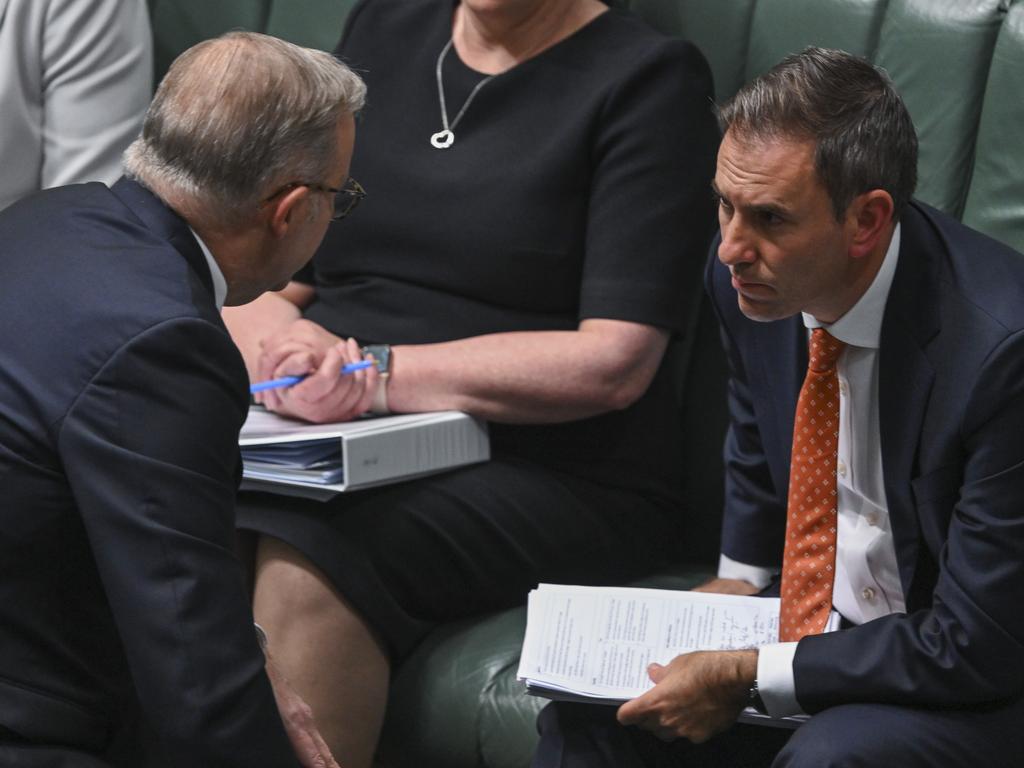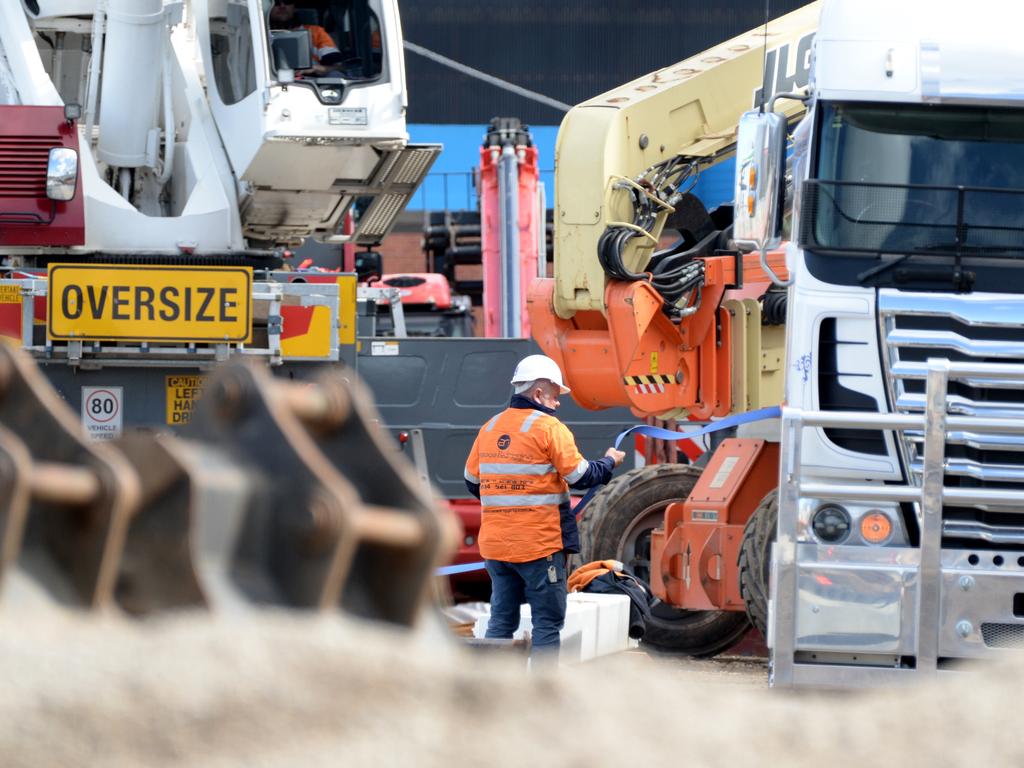Intergenerational Report: Spending on education and training to fall as a share of GDP
Spending in the sectors will fall even as the report identifies the investment as key to ‘strengthening national economic resilience’.

Spending on education and training by the federal government is expected to fall significantly as a share of GDP over the next 40 years due to the ageing of the population, according to the 2023 Intergenerational Report.
Federal government education and training spending is expected to fall from 1.7 per cent of GDP in 2022-23 to 1.2 per cent of GDP in 2062-63, although the report said that investment in education was nevertheless key to “strengthening national economic resilience in a fragmented and fragile global environment”.
The reduced need for spending on education and training (as a share of the economy) will help government offset the major requirements for increased spending on other age-related government services such as the pension, health care, and end-of-life care over coming decades as the population ages.
Illustrating the long-term shift to an older population, the report says the percentage of the population which is under five years of age will continue to fall. From 7.7 per cent in 1979-80, under fives have fallen to an estimated 5.8 per cent in 2022-23 and are expected to be down to 5.1 per cent by 2062-63.
But even though expenditure to meet education and training needs is expected to be a smaller share of total economic resources in 40 years time, the amount spent per person will increase by about 10 per cent in real terms.
However the Intergenerational Report puts a caveat on its projections, saying that it has not included in its modelling the impact of likely increased demand for education and training due to the changing nature of jobs.
It notes that the number of jobs requiring a bachelor degree or higher has risen from 20 per cent in 1966 to 34 per cent in 2021. More broadly, it says, the share of jobs requiring high levels of cognitive skills has increased from 40 per cent in 1966 to 57 per cent in 2021.
“In addition, Jobs and Skills Australia projects that more than half of new jobs will require the highest level of skills by 2026, and a further 40 per cent of new jobs will require a VET qualification (certificate II through to advanced diploma),” the Intergenerational
Report says.
“A more skilled and educated workforce boosts human capital which can benefit the economy by leading to productivity improvements.
“Because of this, it is also likely to increase demand for investment in education and training over time. Such forecasts of future demand are not modelled in the projections.”
The report also said that “research and development in critical and emerging technologies” will boost Australia’s economic resilience and lead to more jobs and economic growth.
CEO of the Group of Eight universities, Vicki Thomson, said that university research was “essential to the productivity gains that deliver economic growth, fundamental to our prosperity and national wellbeing”.
“Also critical to productivity is a skilled and educated workforce – our universities have a central role to play in ensuring Australia has a skilled workforce capacity, capable of meeting the demands of new and emerging industry sectors,” she said.







To join the conversation, please log in. Don't have an account? Register
Join the conversation, you are commenting as Logout